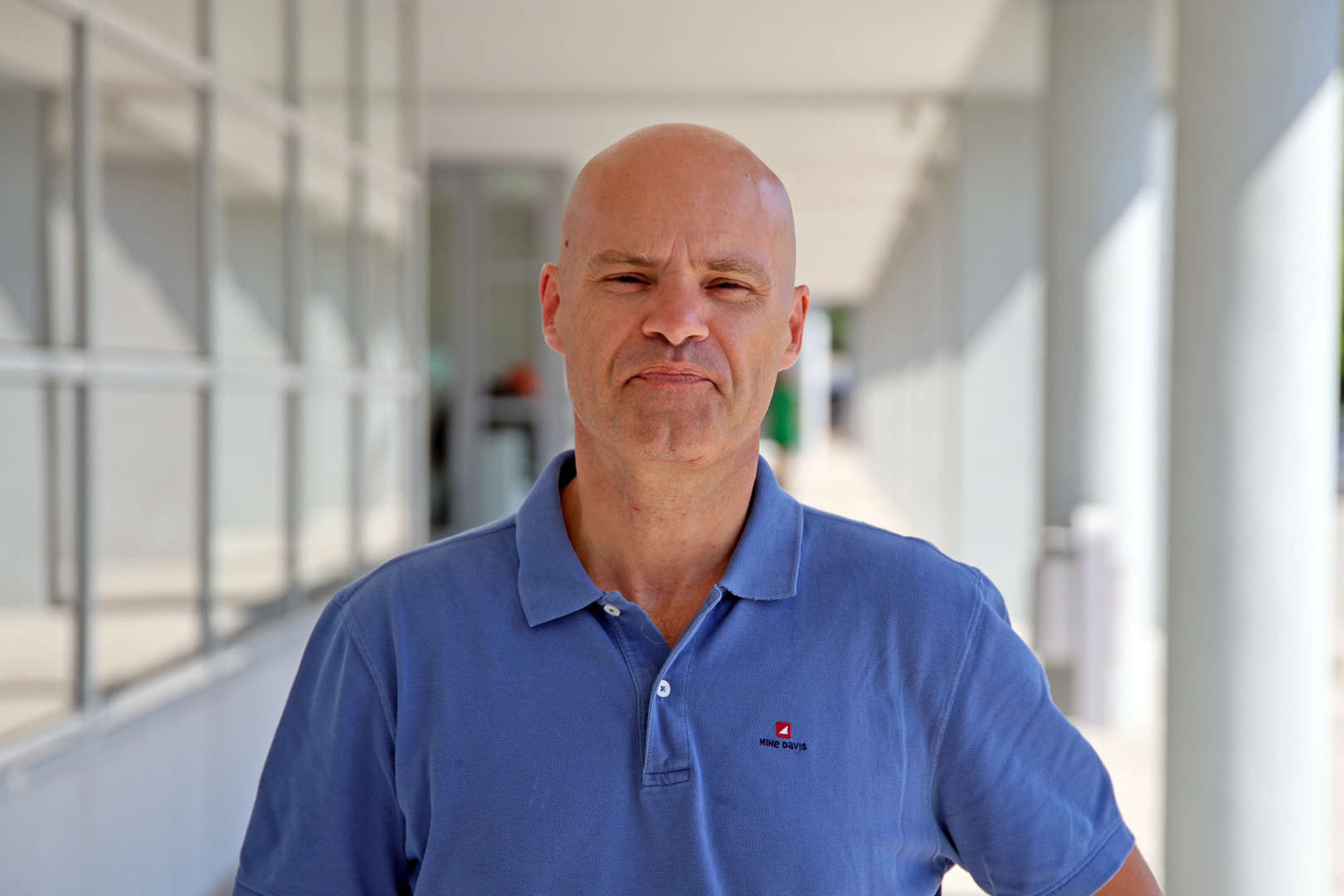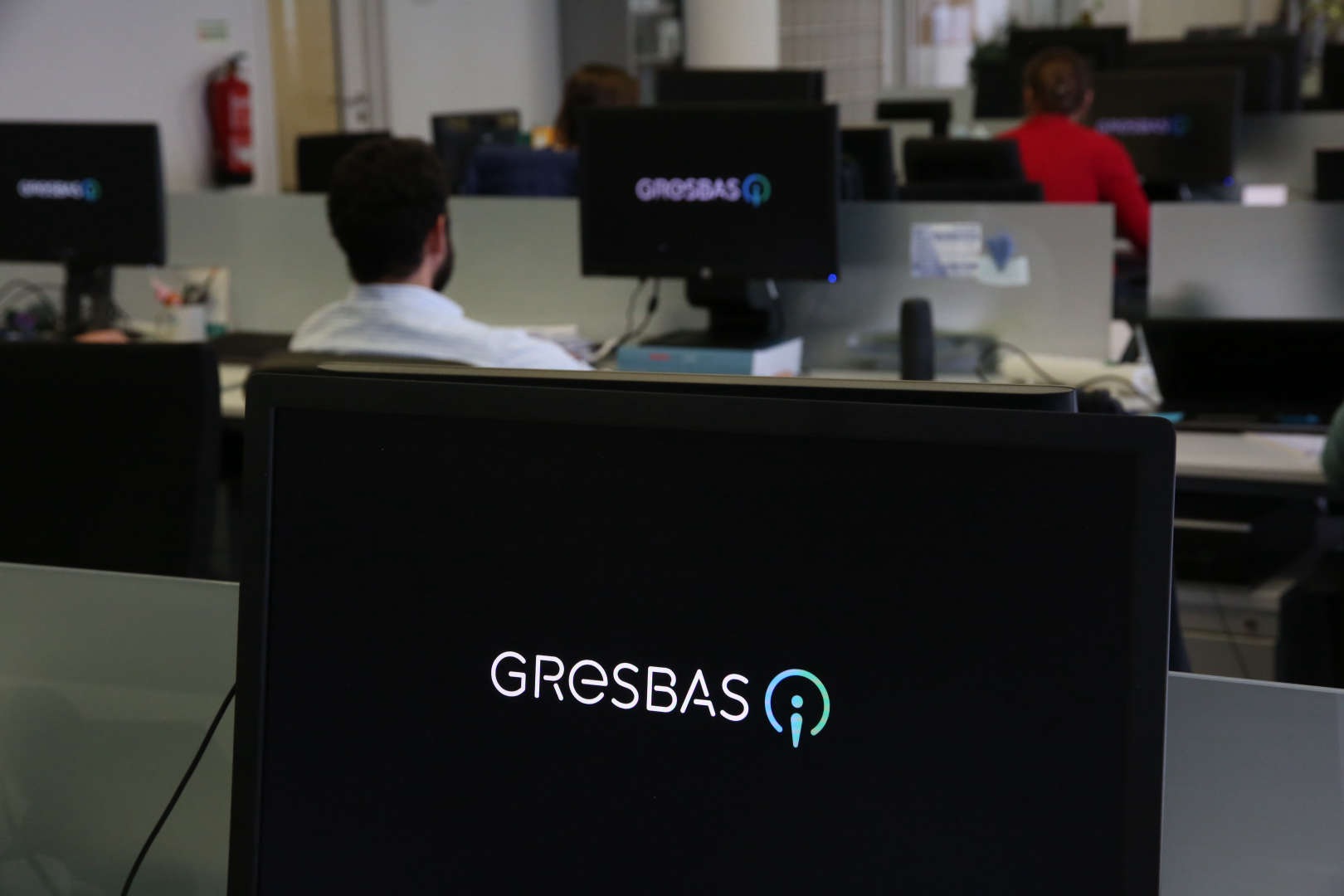About
PhD in Computer Science with a thesis in the area of serious games and virtual platforms, based on the creation of a framework for behavioural change using gamification techniques. He has worked on several research projects, including: OnlineGym (3D Virtual Gym); eCompared; StopDepression; NanoStima, GresBas (EU/FCT), FEEdBACk (H2020), VRTraining, MELOA (H2020), ILIAD (H2020), BLUE-X (H2020), PRR. His main research focus is studying the relationship between behaviour and immersive environments for training and professional certification, using XR(AR/VR/MR) platforms as well as virtual worlds, metaverses and digital-twins. He is an assistant professor at FEUP in subjects related to software programming and multimedia. He's passionate about life! His great hobby is being a boy scout ...



